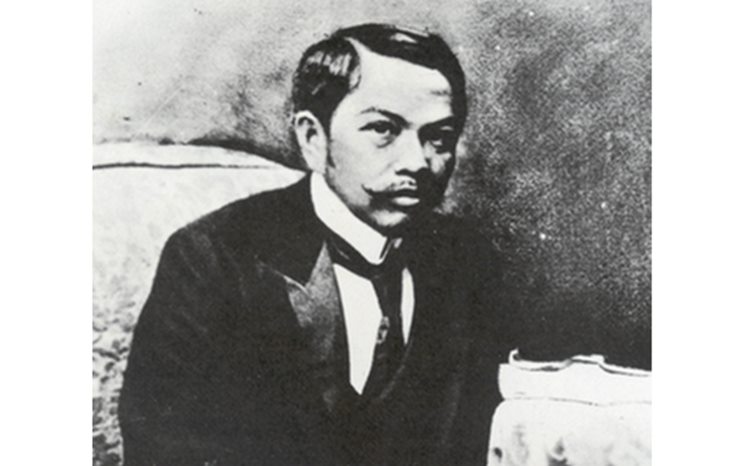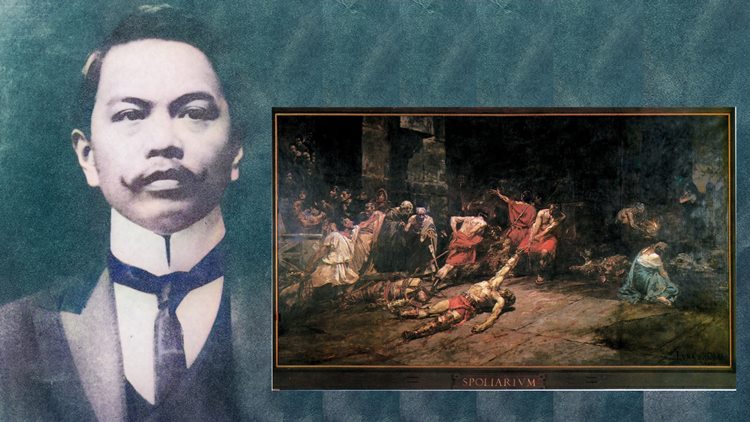Biography Of The Renowned Filipino Marter Juan Luna
GABRIELA SILANG – Get to know more about the Pinoy painter, sculptor, and political activist of the Philippine Revolution Juan Luna.
Juan Luna y Novicio, a prominent Filipino artist recognized internationally, was born on October 23, 1857, in Badoc, Ilocos Norte, to well-off parents. Don Lorenzo Guerrero, Luna’s first painting mentor, quickly noticed his natural artistic talent and convinced his parents to send him to Spain for advanced painting lessons.
In 1877, Luna, accompanied by his elder brother Manuel, a violinist, embarked on a journey to Barcelona. During his time in Spain, he broadened his knowledge of art and was exposed to the timeless works of Renaissance masters. Alejo Vera, one of his private tutors and a renowned contemporary painter in Spain, took Luna to Rome to work on certain artistic commissions.

Juan Luna’s artistic abilities gained recognition in 1878 when his works were exhibited at the Exposicion Nacional de Bellas Artes (National Demonstration of Beautiful Arts) in Madrid. He became deeply engrossed in painting and presented a collection of his artworks at the 1881 Exposition.
Some of Luna’s most famous masterpieces include “Spoliarium,” which won a gold medal at the Exposicion General de Bellas Artes in Madrid in 1884 and is now displayed at the National Museum of the Philippines. Another notable work is “La Batalla de Lepanto” (The Battle of Lepanto), commissioned by the Spanish Senate after Luna developed a friendship with the King of Spain. “El Pacto de Sangre” (The Blood Compact) depicted the blood compact ceremony between Datu Sikatuna and Spanish conquistador Miguel Lopez de Legazpi, currently exhibited in Malacañang Palace. Unfortunately, some of Luna’s works, like “Don Miguel de Legazpi,” were lost due to war.

In 1885, Luna’s painting “Odalisque” earned him official acceptance as an artist in the annual “Salon of Paris” art exhibition. This painting was part of the collection of Philippine national hero Jose Rizal.
On December 8, 1886, Luna married Maria de la Paz Pardo de Tavera, the sister of his friend Felix and Trinidad Pardo de Tavera. They settled in Paris and had a son named Andres, but their daughter died in infancy. Luna frequently painted his wife but became suspicious of her having an affair with Monsieur Dussaq. Tragically, on September 23, 1892, in a fit of jealousy, Luna killed his wife and mother-in-law and wounded his brother-in-law Felix. He was arrested and faced murder charges but was eventually acquitted on grounds of temporary insanity, as the prevailing “unwritten law” at the time allowed for the killing of unfaithful spouses. Luna was ordered to pay damages to the Pardo de Taveras.
After his release, Luna returned to Manila during the revolution against Spain. He and his brother Antonio Luna were arrested by Spanish authorities on September 16, 1896, on accusations of organizing a revolution with the Katipunan Secret Society.
While in prison, Luna managed to create a work of art titled “Ecce Homo.“
After being pardoned by the Spanish monarchy on May 27, 1897, Luna went back to Europe. He actively participated in the revolutionary government and was appointed to the Paris delegation working for the diplomatic recognition of the Philippine Republic. Luna was also part of the delegation that pressed for the recognition of the Philippine government in Washington after the signing of the Treaty of Paris.
In December 1899, Luna decided to return to the Philippines due to his strong love for the country and its people. However, he suffered a severe heart attack and passed away on December 7, 1899.
What can you say about this article? Leave your comments and reactions below.
Please like and follow/subscribe:
Philnews YouTube Channel
Philnews.ph FB Page
Viral Facts
